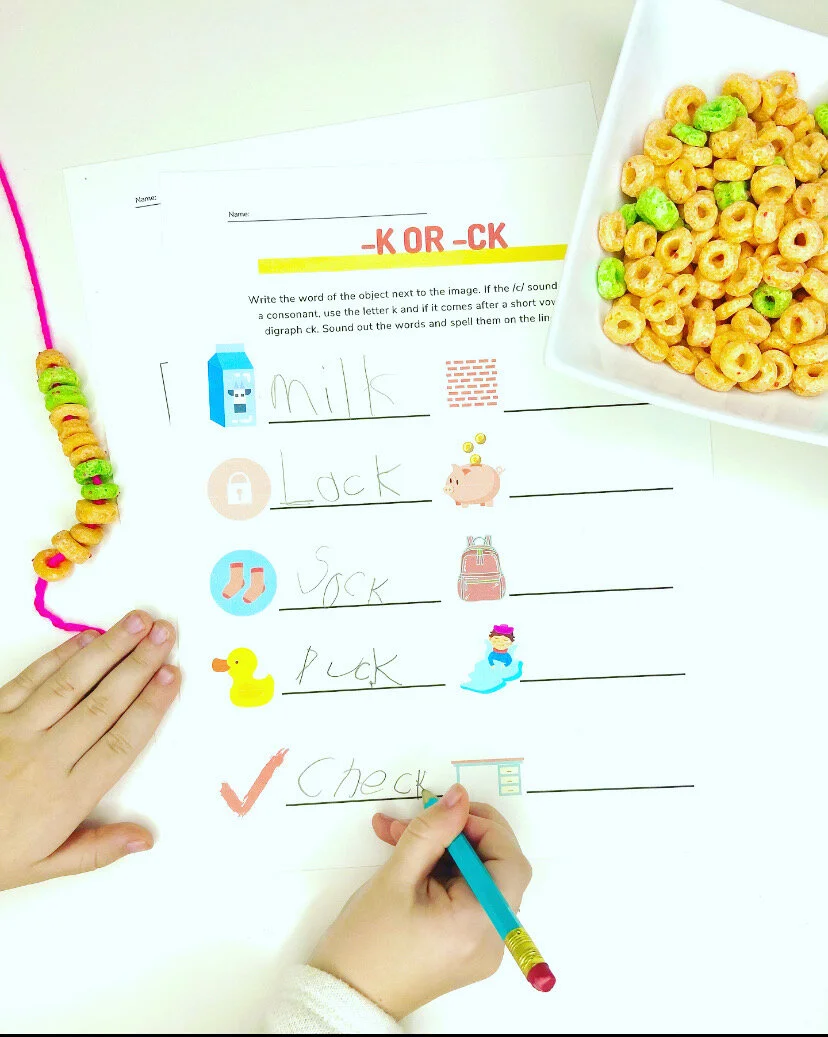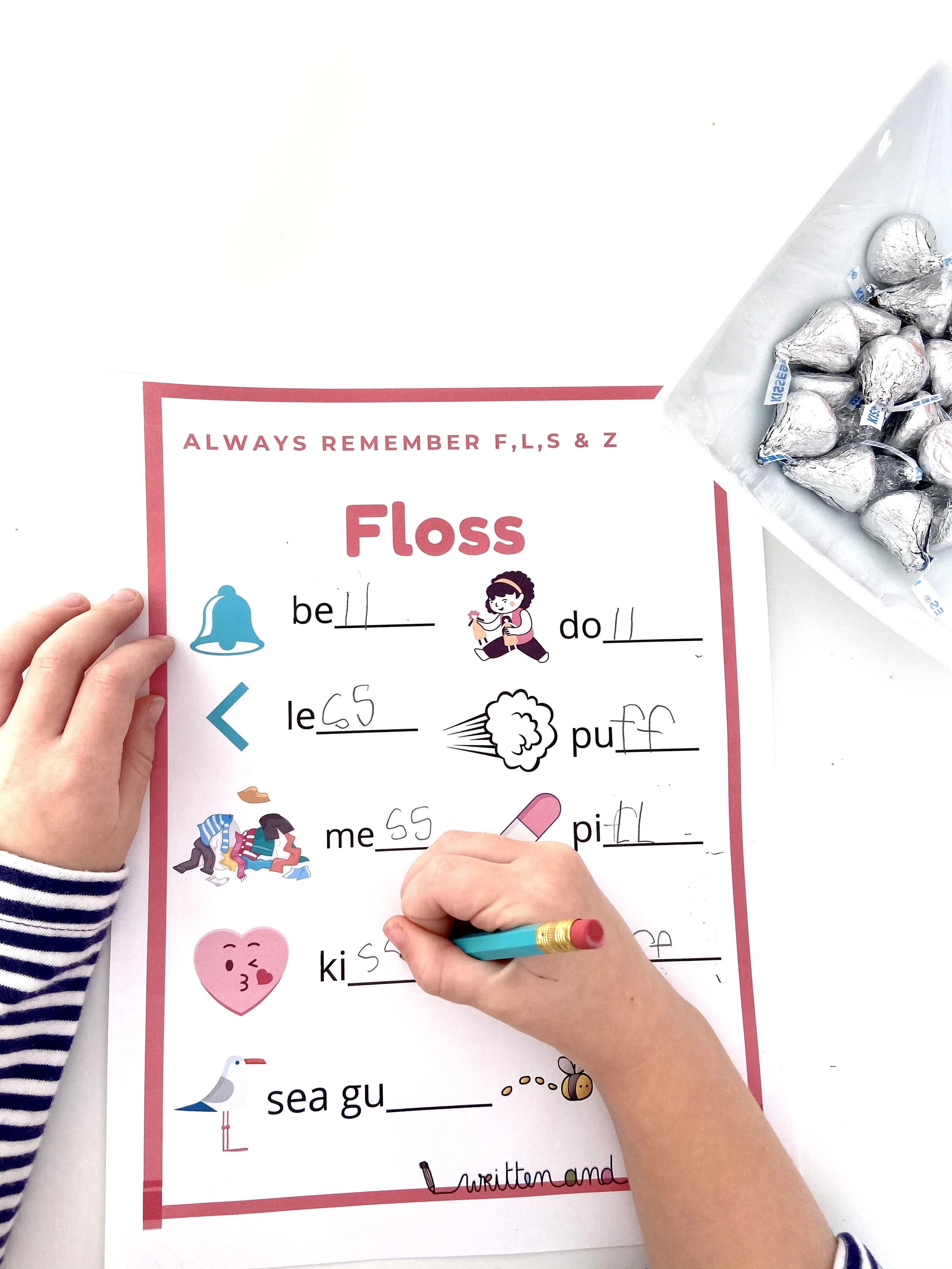Simple Steps to Teach Your Child to Read
/When you recognize that your child is interested in learning to read and ready to begin sounding out words, you might feel that you need to introduce a phonics program or get out flashcards. Less is often more when learning at home. Your role as a caregiver is to reinforce skills they are learning and to do so in a particular order. You will notice that your child will start to examine words on signs and start sounding them out. Reading requires three different parts of the brain to work together to sound out words. So there's no need to force the process on a child before they are neurologically ready.
Quality over quantity
The type of strategies and words you are pointing out to your child will make more of a difference than the number of words your child is learning at one time. Maintaining the child's confidence and interest is the first and most important priority. Think of a time that you tried something new. Did you take up tennis or running, or learn a new software program for work? How did you learn the new skill? If you were given all of the information at one time, chances are that you didn't continue implementing it over time. You might have quit, felt overwhelmed or lost interest. If you had a great teacher or program that introduced one concept at a time and allowed you to master each, perhaps you stuck with it.
Where to start?
So where to begin? We will keep it simple. Once a child knows all of the letter names and their sounds, then they can start to decode three letter words. We call the first words that a child reads CVC words, which stands for consonant-vowel-consonant.
For a list of CVC words that you can practice, sign up for my mailing list using the button below, and it will be sent to you! Enjoy! Feel free to email me with questions if I can help.
Short Vowels
Focus on short vowels and pointing out only one short vowel at a time. Practice that same vowel for about a week or two. The only thing you need to do is to recognize the letter or word as you are traveling or reading, seeing signs, and just going through everyday life. For example, a sign says, "No Dogs." You might say, "Oh look, that word has the short vowel o in it for o/octupus. D-o-g. It says dog!" You are modeling how to sound out a short vowel word. If your child is frustrated by this then back off. Most likely they want more control and might start pointing the letters out on their own after they watch you do it first.
How to keep it simple and practice at home
To practice, you might also want to put letters in the tub or magnetic letters on the fridge and practice CVC words during down times like making dinner or bath time. Make spelling and reading a part of play, and it will feel more natural to your child. It's also the perfect time to have a few decodable books around the house. Start with the short vowel BOB books. You might want to leave them on the kitchen table or in a box in your family room.
As always, please reach out to me and let me know how these suggestions work for you and your child!


















